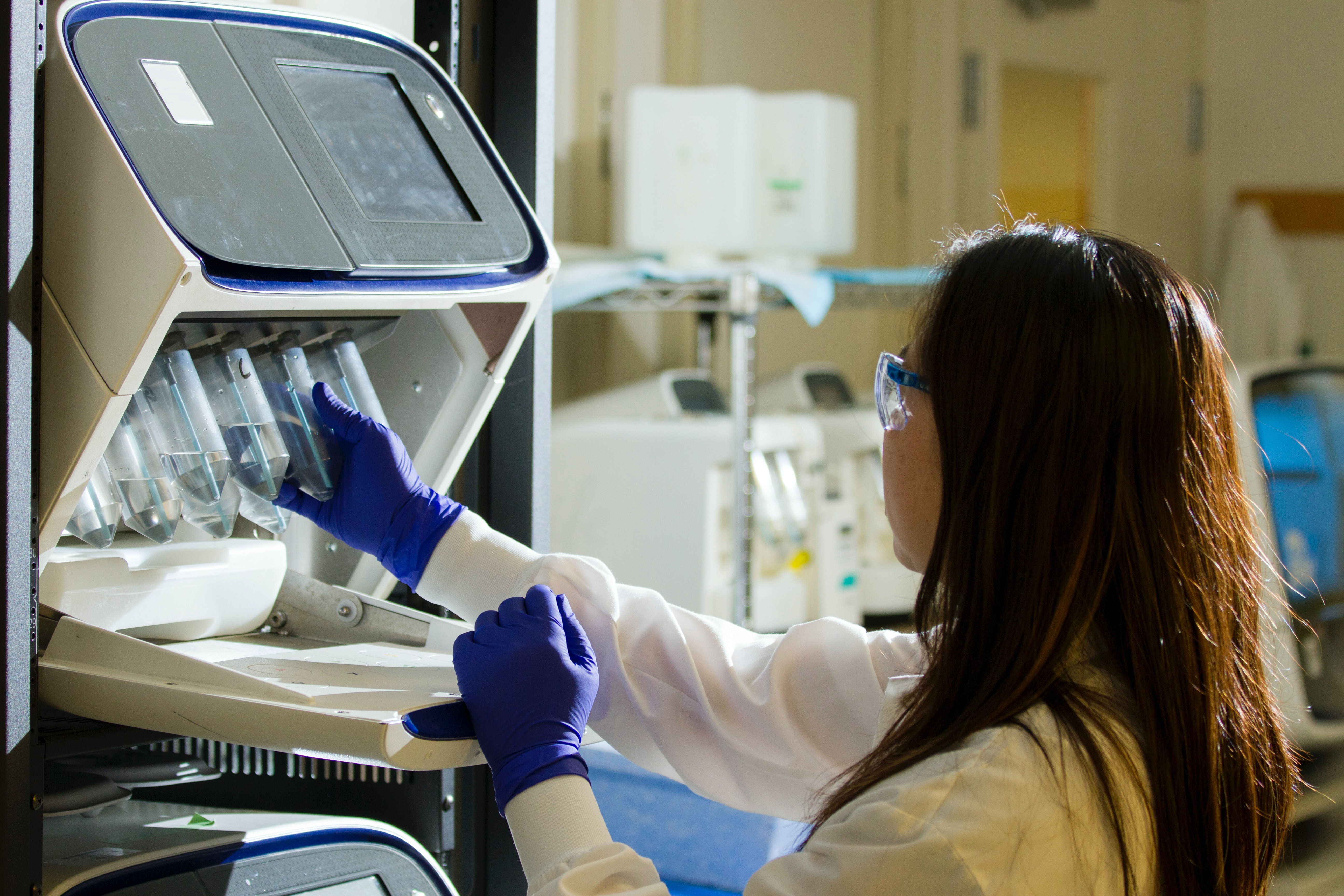Understanding Gene Therapy: An Overview of Its Processes and Purpose
For decades, those in the scientific, healthcare, and research fields have been striving to develop techniques to alter the human genome to combat, heal, or stop a sickness or medical issues. Martin Cline was the pioneer in researching the ability to alter human DNA in 1980 and the US National Institutes of Health approved the first successful human nuclear gene transfer in May 1989.
More recently, people and governments worldwide have grown to accept gene therapy as a viable alternative to traditional treatments for various human conditions. As of 2019, the respective drug regulatory bodies have approved 22 gene medicines.
What can gene therapy do?
The medical field of gene therapy involves altering genetic material in a person's cells to combat or inhibit a health issue. Rather than resorting to pharmaceuticals or operations, doctors can manipulate the patient's genetic components to address the disorder.
Gene therapy is anticipated to one day remedy many diseases and illnesses, including cystic fibrosis, heart disease, diabetes, cancer, haemophilia, and AIDS.
Gene Therapy: What is it and How Does it Work?
Gene therapy is a process through which genetic material is introduced into a person's cells to correct an abnormality or disease. It uses various techniques, such as using a virus or other vector to deliver the genetic material, or a process, such as gene editing, to make changes to the existing genetic material. Gene therapy aims to provide a cell with new genetic information to modify the kind or amount of protein it manufactures.
The goal is to treat the underlying cause of the disease or condition rather than just treat the symptoms.
Two general gene therapy methods exist - gene addition and genome editing. Each of these can alter the genetic material of a cell.
Incorporation of genes or relocation of genes
Gene transfer, or gene addition is a method by which new genetic material is introduced into cells. The necessary protein function can be recovered by introducing a functional copy (often referred to as a transgene) of a gene responsible for a missing or faulty protein.
An alternate option is introducing a gene that supplies the cell with a protein for normal functioning, despite the genetic error. Rather than removing or replacing an altered or defective gene, gene transfer introduces a transgene that supplies the instructions for the proper protein to be manufactured.
The primary focus of gene addition is to address single-gene diseases when a mutation occurs in one or both sets of genes. A vector transports a healthy gene into someone's cells, whether ex vivo (externally) or in vivo (internally).
Viruses are often utilized as vectors due to their highly efficient ability to penetrate cells. Scientists have successfully found ways to keep the virus's capacity to introduce itself into a cell while removing the viral genes, allowing the virus to insert therapeutic genes into the cell.
Gene Editing or Genome Editing
Gene editing, another name for genome editing is a modern gene therapy strategy in which molecular tools modify an organism's genetic material at specific points in the genome instead of putting new genetic material into the cells. The application of gene editing includes:
· Rectify a genetic variation that leads to sickness so the gene can do its job correctly.
· Activate a gene to battle a certain condition.
· Deactivate a gene that is not operating in the desired manner.
· Eliminate a DNA segment that obstructs a cell from functioning as it should or causing an illness.
CRISPR-Cas9, otherwise known as clustered regularly interspaced short palindromic repeats and CRISPR-associated protein 9, is a widely recognized gene editing technique. This system holds a great deal of promise. It is quicker, more economical, less complex, more precise, more effective, and has a greater range of potential applications than other gene-editing approaches.
The CRISPR-Cas9 system utilizes two distinct molecules to cause a transformation in the DNA. These molecules are:
· Cas9, an enzyme, works like a pair of molecular scissors that can snip the two strands of DNA at predetermined spots in the genome so that parts of DNA can be deleted or
inserted.
· A guide RNA (gRNA), consisting of a small sequence that binds to a specific part of a cell's DNA. This gRNA is then connected to Cas9, which directs it to the precise location that needs to be cut.
Researchers use the cell's DNA repair systems to erase or insert genetic material. They can also modify the DNA by exchanging specific segments with a custom-made DNA sequence.
What therapies are currently available?
Currently, numerous gene therapies are in the process of being tested in clinical trials. Nevertheless, a few have already been authorized by the FDA, and the EMA, such as:
· Abecma, for multiple myeloma (Bristol-MyersSquibb)
· Breyanzi, for B-cell lymphoma (Bristol-Myers Squibb)
· Imlygic, for melanoma (Amgen)
· Luxturna, for Leber congenital amaurosis (Spark Therapeutics)
· Zolgensma, for Spinal muscular atrophy Type I (Novartis Gene Therapies)
Redbock and the Life Science industry
Redbock provides resourcing solutions and highly skilled consultants to pharmaceutical, biotech, and medical device companies. Based in Encinitas, California, we work exclusively within the Life Science industry. We have helped some of the world’s largest and most cutting-edge companies by providing expert consultants and customized resource teams.
We work exclusively with consultants who specialize in the life science industry, so you will get the best solution for your needs every time. Our rigorous selection process ensures you're matched with the top professionals in their area of expertise.
Get in touch today to learn more about how our expertise can support your business.

